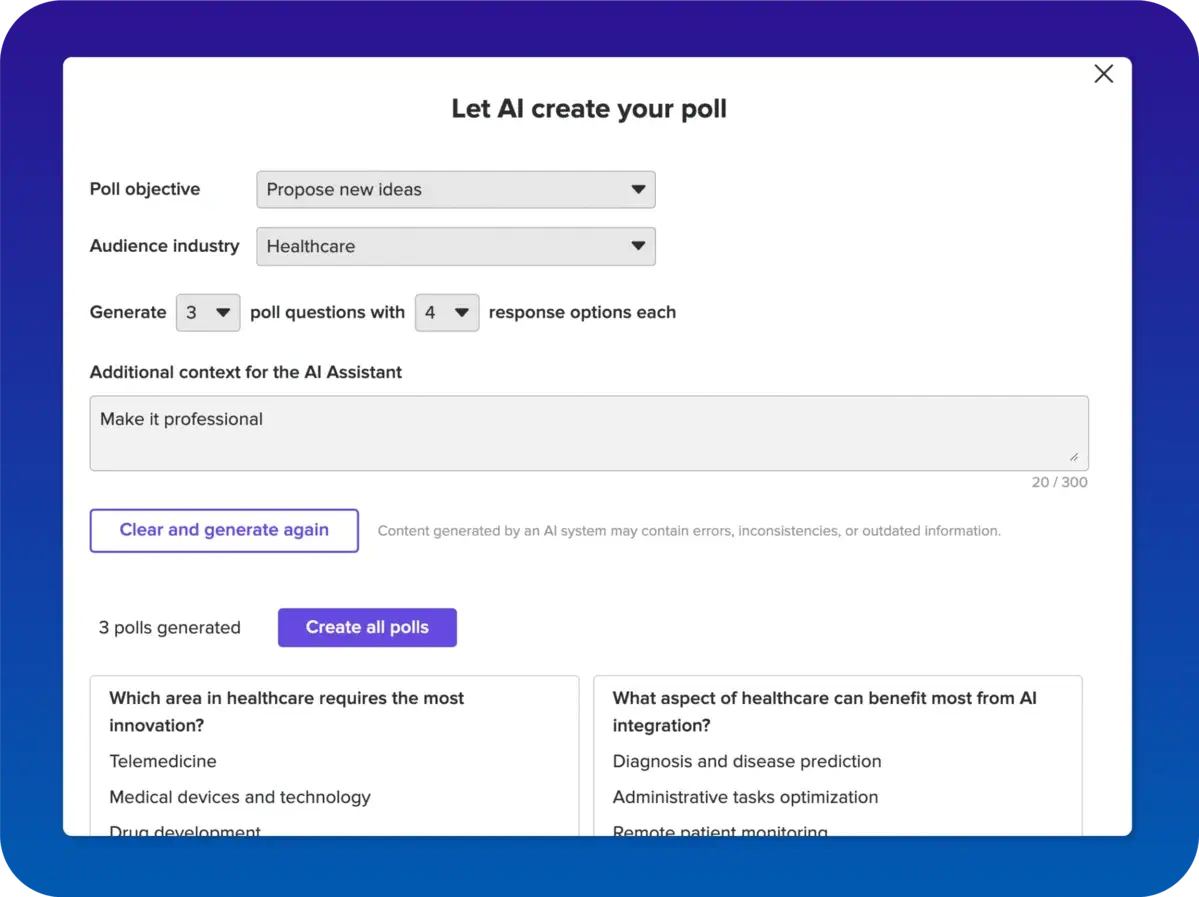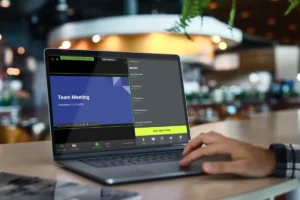A patient-centric system thrives on collaboration. The more voices, the better the care. Behind the scenes, this vital practice must be reflected by Healthcare Professionals (HCP) during internal events. Conferences and committee meetings should be structured in a manner that encourages diverse input in order to:
- Boost engagement
- Share knowledge
- Expedite expertis
“Diversity is being invited to the party; Inclusion is being asked to dance.”
As diversity advocate Verna Myers explains, getting someone to the event is only half of the equation. A successful medical meeting is determined by the presence of a stimulating and harmonious exchange of ideas that embraces the views of the entire institution.
We can all remember attending a work event that suffered due to a lack of engagement. Lifeless webinars, boring training sessions and lengthy seminars can be memories of the past with audience engagement tools that inspire connection. The ultimate way to structure this inviting culture is by integrating an alternative event solutions app that supports collaboration.
Advantages of an All-In-One Platform
Event apps change the way attendees interact during and after the occasion. Social interaction sits at the heart of any strong team. Shared experiences act as an foundation to a seamless, sufficient system. As healthcare workers served on the front lines during a pandemic, the power of community fueled their resilience. Creating and maintaining this interconnected environment can improve patient care. Associations can enhance case management by:
- Using Live Polls to increase accurate diagnosis and proper treatment plans
- Uploading training materials and track the progress
- Creating a benchmark by with a pre and post-meeting survey
- Establishing an easily accessible online hub for FAQ
Promoting Equitable Engagement
Icebreakers don’t always do the trick. During learning sessions and team activities, you may notice that some staff members are frequently raising hands while others fall silent in the boardroom. And it isn’t always a matter of introverted or extroverted characteristics.
In fact, it may be the result of gender discrimination among women healthcare workers. A recent study discovered that some women are reluctant to participate in meetings because they are viewed as emotional when posing questions. Compounded with a high-stress occupation, women in the healthcare industry may find themselves burdened with the fear of ridicule when an association hasn’t laid the foundation for equal opportunity.
With 77.6 percent of the healthcare industry consisting of women, the impact of their participation is directly related to the advancement of the industry. Furthermore, intersecting identities exist within and beyond the medical profession which have distinct stereotypes that negatively affect welfare and productivity.
A survey conducted by Harvard Business Review uncovered 42% of black women agreed that “I feel that socially engaging with my colleagues may negatively affect perceptions of my competence,” only slightly more often than Latinas (38%), Asian-American women (37%), and white women (32%.)
So how can these voices be heard at your conference? With the proper tools and planning, your next life science meeting will result in equitable dialogue and actionable insights – all while elevating morale.
Amplify the conversation in real-time with these 5 tools and watch the magic happen
#1 Set the Tone for Inclusivity: Include introductory Materials that discuss the importance of advocating for one another and promoting communication across identities, departments and levels of experience. Improve the associations’ Say-Do ratio to exemplify the standards set in the mission statement that discusses Diversity, Equity, and Inclusion within the Life Science Industry.
#2 Track the Audiences’ Mood: Leave the guessing out of it with real-time sentiment analysis. Give attendees the opportunity for lighthearted participation using emojis, animated gifs and custom text. This is a foolproof way to gauge the energy and effectiveness of the activity. If the feed goes dark, that means it’s time to revise the content and go for a more interactive approach.
#3 Broadcast Useful Questions: After ensuring permission from the contributor, you made share a useful question and answer with the rest of the attendees to spread relevant information and input their dialogue into the stream of communication. This makes praise possible for an attendee that would otherwise be lost in the shuffle.
#4 Chat, Chat, Chat: To avoid awkward interactions, begin a conversation with a colleague virtually using the chat feature to engage at your own pace. React to a keynote speaker using an interactive tool like the Pulse feature.
#5 Poll with Purpose Not only can you measure the collective knowledge of the group using surveys, but you can also provide a safe space for suggestions. At the end of your case-based clinical questionnaire, include an open-entry box for participants to communicate their ideas on how the community can promote inclusivity and maximize engagement.
Upgrade your annual Life Science event with solutions designed to improve engagement and inclusivity. Technology shouldn’t take over in-person, virtual or hybrid meetings. It should enhance the flow of authenticity.
Try out the app that MeetingPulse designed specifically for associations like yours! Expand your definition of post-meeting productivity with personalized tools that bring out the best in your team.
Citations
Hennein, R., Gorman, H., Chung, V., & Lowe, S. R. (2023, February 6). Gender discrimination among women healthcare workers during the COVID-19 pandemic: Findings from a mixed methods study. PloS one.
https://www.ncbi.nlm.nih.gov/pmc/articles/PMC9901797/
Williams, J. C. (2020, September 2). The 5 biases pushing women out of stem. Harvard Business Review.
https://hbr.org/2015/03/the-5-biases-pushing-women-out-of-stem










